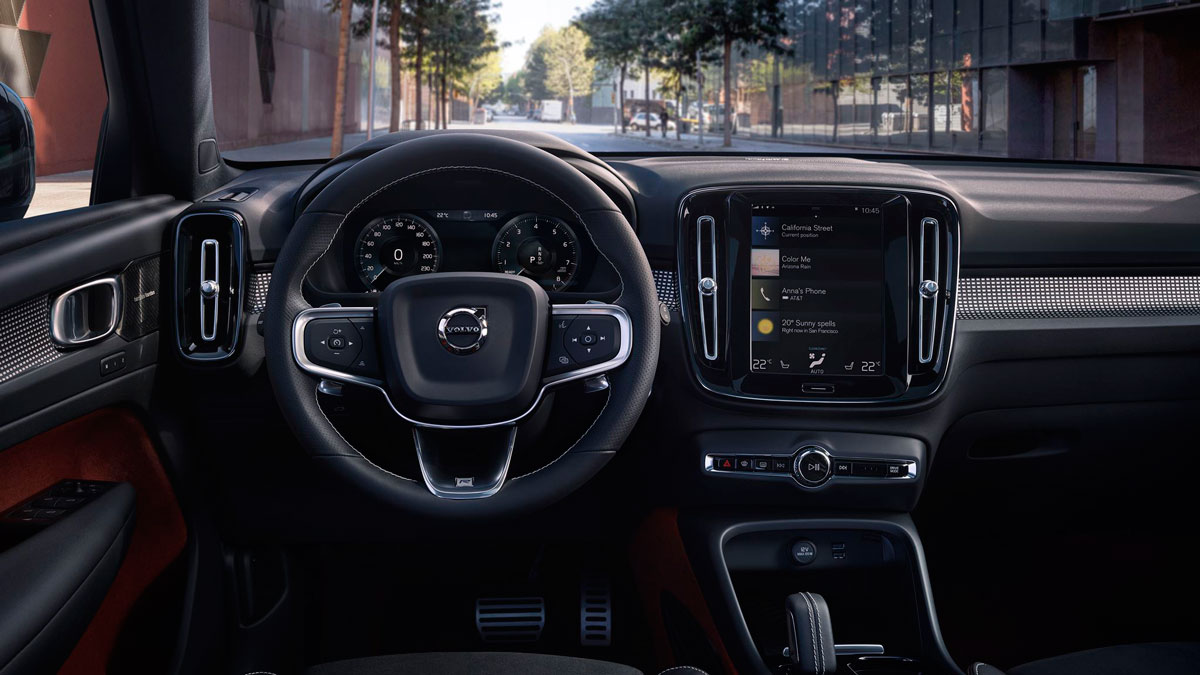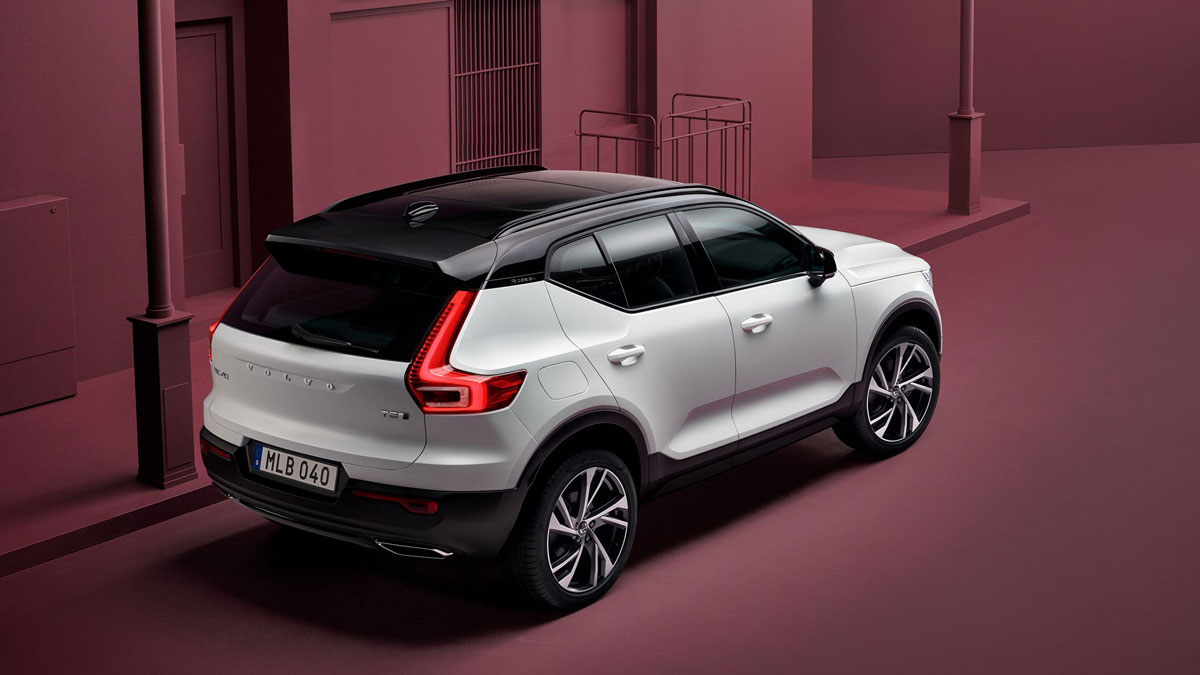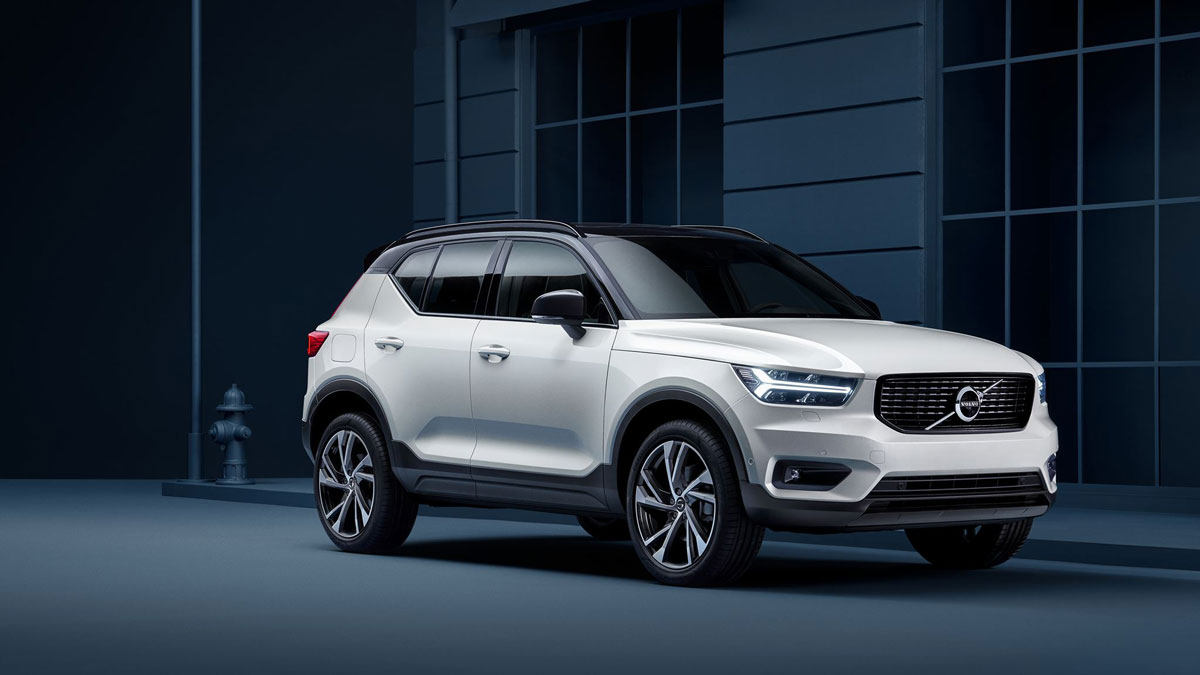The demand for this new model has been very high, with all production scheduled to be sold by the end of the year. The first units will be delivered in Europe later this month.
[dropcap]P[/dropcap]rior to the start of production at the Gent plant in Belgium, there was a preparation period in which some units of pre-production vehicles were produced. This process, which is standard for each new model, aims to optimize production processes and ensure the levels of quality associated with each car that leaves the assembly line. All employees also received additional training on the safest way to produce electric cars.
This will be the all-electric version of the XC40 model, the first Volvo car to win the prestigious European Car of the Year trophy. The 100% electric XC40 Recharge is based on the CMA – Compact Modular Architecture platform. With four-wheel drive, this model will have a range of over 400 km (WLTP) and 408 hp. It will be possible to charge up to 80% of the capacity of your batteries in 40 minutes on the quick charge system.

In this model, Volvo Cars redesigned the Infotainment System offering a Powered by Android solution, with an unprecedented personalization capability, more intuitive and new Google services and technology, including Google Assistant, Google Maps, and Google Play Store.
The XC40 Recharge 100% electric will receive software and aerial update of its operating system, continuing to evolve and improve over time with the learning that will be done.
However, Volvo Cars’ safety engineers had to redesign and reinforce the front structure to cope with the absence of an engine and to maintain, above all, traditional Volvo safety levels.

The battery is protected by an aluminum safety cage that has been embedded in the car’s structure. The location of the battery (on the floor of the vehicle) allows the center of gravity of the vehicle to be lowered for better protection against overturns.
This new model offers a new level of functionality with plenty of storage space, located on the doors and in the boot. Since it does not have an internal combustion engine, the car has an additional luggage space in the space where that engine would traditionally be located.






